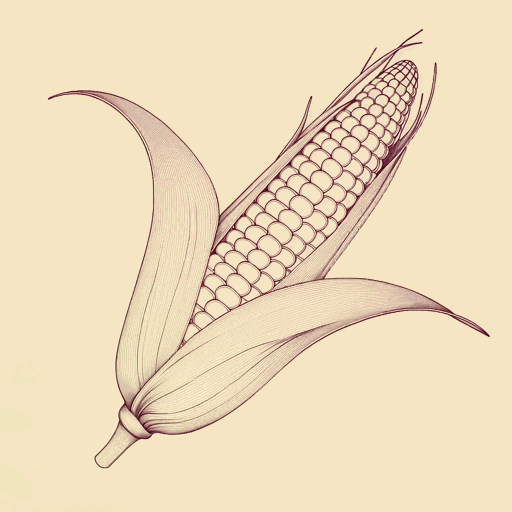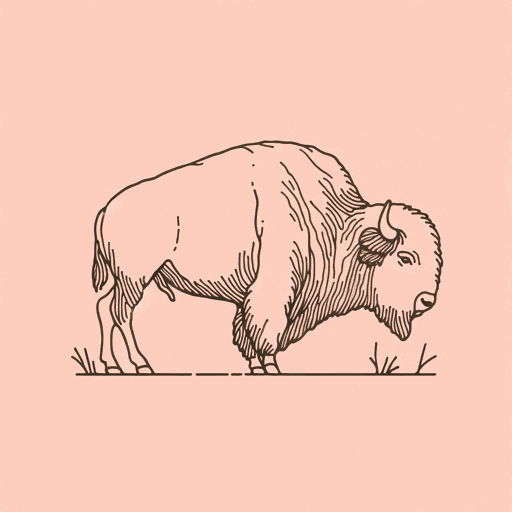83 pages • 2 hours read
Roxanne Dunbar-OrtizAn Indigenous Peoples' History of the United States
Nonfiction | Book | Adult | Published in 2014A modern alternative to SparkNotes and CliffsNotes, SuperSummary offers high-quality Study Guides with detailed chapter summaries and analysis of major themes, characters, and more. For select classroom titles, we also provide Teaching Guides with discussion and quiz questions to prompt student engagement.
Chapters 4-6Chapter Summaries & Analyses
Chapter 4 Summary: “Bloody Footprints”
Citing military historian John Grenier’s The First Way of War, Dunbar-Ortiz discusses how early settlers in British colonies in North America waged wars against Indigenous communities and created the foundation for later strategies used in present day U.S warfare. Remnants of this period are still reflected in military culture and practices, such as the use of code names for enemies based on Indigenous historical figures. We have seen “Geronimo” used for Osama Bin Laden or the term “Indian Country” used by the military to refer to enemy territory. Grenier describes the type of warfare originally used by colonial militias in Virginia and Massachusetts against Indigenous people as “unlimited” (57), including attacking civilians and food supplies. This “way of war” that eventually became a foundational part of the U.S. military and its traditions developed between 1607 and 1814, starting with Anglo settlers outside of any formal military. These settlers would group together and conduct “irregular warfare” by attacking civilians and burning towns with the goal of annihilation with “unrelenting attacks” on Indigenous towns and communities, including women, children, and the elderly (58). Even as the nascent U.S. military formed during the war for independence against Britain,
Related Titles
By Roxanne Dunbar-Ortiz
Featured Collections
Anthropology
View Collection
Books on U.S. History
View Collection
Challenging Authority
View Collection
Colonial America
View Collection
Colonialism & Postcolonialism
View Collection
Colonialism Unit
View Collection
Community
View Collection
Contemporary Books on Social Justice
View Collection
Education
View Collection
Equality
View Collection
Memorial Day Reads
View Collection
Military Reads
View Collection
Nation & Nationalism
View Collection
New York Times Best Sellers
View Collection
Politics & Government
View Collection
Power
View Collection
The Future
View Collection
The Past
View Collection
War
View Collection


